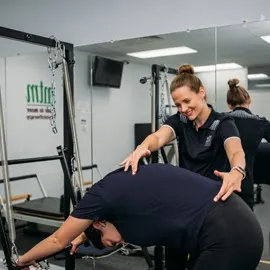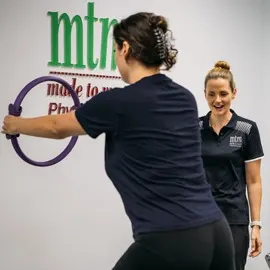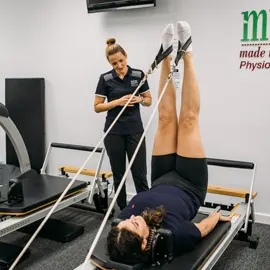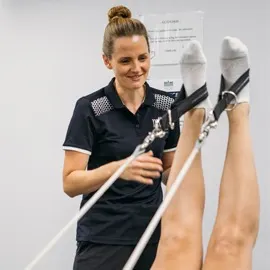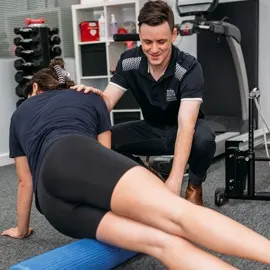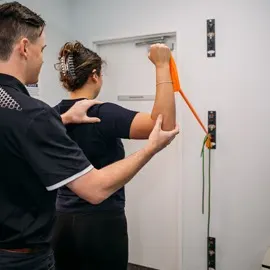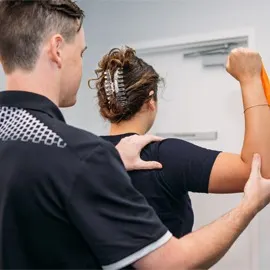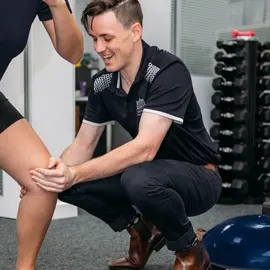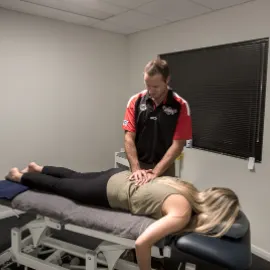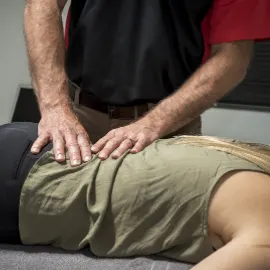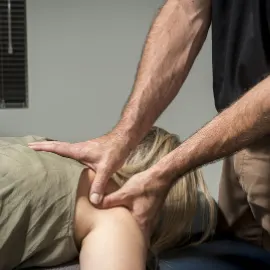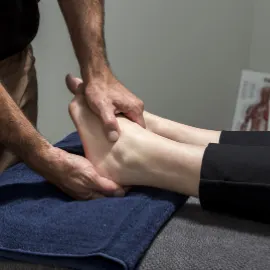Diastasis of the Rectus Abdominis Muscles (RAD)

Diastasis of the rectus abdominis muscles is a separation of the connective tissue joining the two strap-like bands of muscles down the middle of the abdominal wall. RAD is common during the end stage of pregnancy due to the increased stretch placed on the muscles by the growing foetus and as a result of pregnancy hormones that weaken the soft tissues throughout the body. The separation of this muscle can reduce trunk stability and mobility and can therefore contribute to lower back and pelvic pain.

Image credit: Pelvic Pain, www.pelvicpaindifferentiation.weebly.com
A diastasis can be checked by your nurse, obstetrician or physiotherapist in hospital. If the gap between the muscles is:
- More than 2 ½ finger widths
- Does not reduce is size when you contract your abdominal muscles or
- A small mound protruding in the midline
Then a Rectus abdominis diastasis is likely to be present and extra precaution is required during exercise and other everyday activities.
Management
Conservative management is usually the first line of intervention in women with RAD.
- Your nurse may provide you with tubigrip, an elasticated bandage which is to be worn from the base of your ribs to just above the pubic area. This helps to bind the stomach muscles back together and is to be worn throughout the day for the first 6 weeks after childbirth.
- Activity modification- Avoid activities that increase intra-abdominal pressure such as lifting and straining. Try to perform a tummy tuck and squeeze the pelvic floor muscles to increase trunk stability during lifting tasks (see exercise below).
- Avoid sit ups- this includes the sit up action to get out of bed.
Exercises
Exercises are aimed at strengthening the deep stabilising muscles of the pelvis, abdomen and spine such as the pelvic floor and transverse abdominis muscles.
Pelvic floor
- Commence gentle pelvic floor exercises within 24hours of delivery- even if you have stitches or swelling.
- Squeeze, lift and hold the muscles around your vagina, back passage and front passage (as if you’re trying to hold in urine or wind) then fully relax the muscles before starting again.
- Breathe normally and keep your buttocks and thighs relaxed.
- Start with 5-10 gentle contractions several times per day.
- Once you can perform 10 repetitions comfortably and with the correct technique, increase the amount of time that you hold each contraction for. Aim for 10 x 10 second holds, several times per day by the six week mark.

Image credit: The Continence Foundation of Australia, www.continence.org.au
Transverse abdominis (TA) tummy tucks
- Lying on your back or on your side, draw in your lower stomach muscles just above the pubic bone. Keep your upper abdominal muscles relaxed and breathe normally.
- Palpate the TA muscle working from the inside of the pelvic bones.
- Hold 5 seconds. Repeat 10 times.
- Progress the exercise by performing in sitting or standing.
Pelvic Tilts
- Draw in your pelvic floor and lower stomach muscles. Tilt your pelvis backwards so your back flattens into the bed/floor. Keep your bottom on the bed/floor.
- Hold for 5 seconds, breathing normally.
- Repeat 5-10 times, twice per day.

Image credit: Spinal Healthcare, www.spinal-health-care.com
Knee Rolling
- Lie on your back with your knees flexed and your knees and feet together.
- Roll both knees side to side 10 times, ensuring to keep your shoulders flat. Breathe normally.
- Perform twice per day.

Prognosis
Most RAD usually heal within 6-12 weeks of childbirth. If you are concerned about your diastasis or would like further exercises at the 6 week mark post-delivery, please make an appointment to see one of our Women’s health Physiotherapists on +9246 4066.
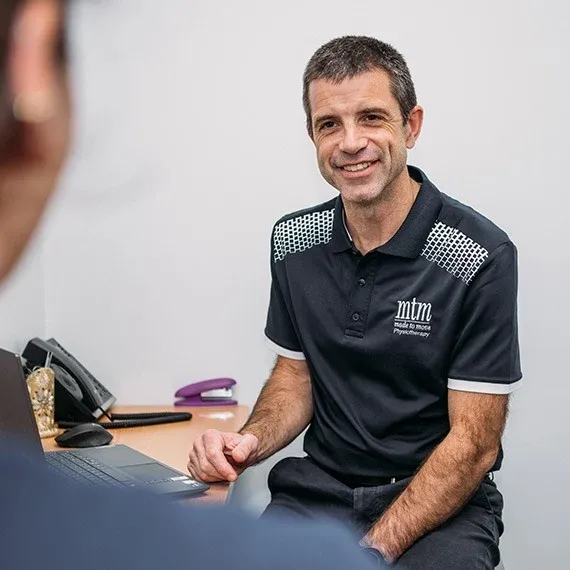
Ask a Physio
Not sure whether you are appropriate for Physiotherapy?
Fill out the form and one of our physiotherapists will be in touch with you within 24 hours.











